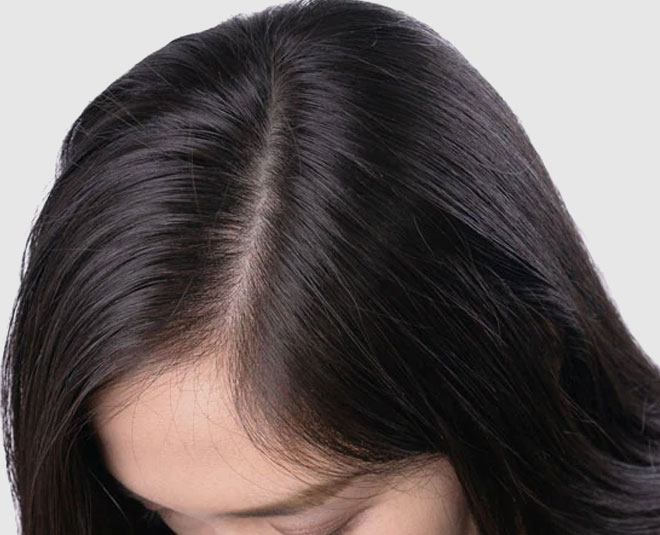Hair loss is a common concern that affects millions of individuals worldwide. While hair transplants have gained popularity as a permanent solution, many people seek non-surgical alternatives for various reasons, including cost, recovery time, and personal preference. This article explores several effective non-surgical options for Hair Transplant in Dubai, examining their benefits and potential drawbacks.
Understanding Hair Loss
Before diving into non-surgical treatments, it’s essential to understand the underlying causes of hair loss. Factors such as genetics, hormonal changes, stress, and environmental influences can contribute to thinning hair. Conditions like androgenetic alopecia (male or female pattern baldness) are particularly prevalent. Recognizing the cause can help in selecting the most appropriate non-surgical treatment.
1. Topical Treatments
Minoxidil
Minoxidil is a popular over-the-counter topical treatment that stimulates hair growth. Originally developed as a medication for high blood pressure, it was found to promote hair regrowth as a side effect. Available in liquid or foam formulations, minoxidil is applied directly to the scalp and is suitable for both men and women.
Pros:
- Easy to use and widely available.
- Suitable for various types of hair loss.
Cons:
- Results may take several months to appear.
- Requires continuous use to maintain results, as hair loss may resume after discontinuation.
Finasteride
Finasteride is an oral prescription medication that inhibits the production of dihydrotestosterone (DHT), a hormone linked to hair loss. By reducing DHT levels, finasteride can slow hair loss and even promote regrowth in some individuals.
Pros:
- Clinically proven to be effective for many men with male pattern baldness.
- Convenient as an oral medication.
Cons:
- Potential side effects, including decreased libido and erectile dysfunction.
- Not suitable for women, particularly those who are pregnant or may become pregnant.
2. Low-Level Laser Therapy (LLLT)
Low-Level Laser Therapy (LLLT) is a non-invasive treatment that uses specific wavelengths of light to stimulate hair follicles and promote hair growth. Devices such as laser combs, helmets, and caps are designed for at-home use.
Pros:
- Painless and non-invasive.
- Can be used in conjunction with other treatments.
Cons:
- Results may vary, and it may take several months to see noticeable improvement.
- Requires regular sessions for optimal results.
3. Platelet-Rich Plasma (PRP) Therapy
PRP therapy is a treatment that involves drawing a small amount of the patient's blood, processing it to concentrate the platelets, and injecting it into the scalp. Platelets contain growth factors that can stimulate hair follicle activity and promote hair growth.
Pros:
- Utilizes the body’s natural healing mechanisms.
- Minimal downtime compared to surgical options.
Cons:
- Requires multiple sessions for best results.
- Results can vary, and some individuals may experience minimal improvement.
4. Hair Growth Shampoos and Conditioners
Many shampoos and conditioners claim to promote hair growth. Ingredients like biotin, caffeine, and saw palmetto are often included in formulations aimed at thickening hair and stimulating follicles.
Pros:
- Easy to incorporate into daily routines.
- Non-invasive and generally safe.
Cons:
- Results can be subtle and take time.
- May not be effective for severe hair loss conditions.
5. Scalp Micropigmentation (SMP)
Scalp Micropigmentation (SMP) is a non-surgical procedure that involves tattooing tiny dots on the scalp to mimic the appearance of hair follicles. This technique creates the illusion of a fuller head of hair and can be a suitable option for individuals with thinning hair or bald patches.
Pros:
- Immediate results with minimal recovery time.
- Can enhance the appearance of density in thinning hair.
Cons:
- Results are semi-permanent and may require touch-ups.
- Doesn’t promote actual hair growth, just the appearance of it.
Conclusion
While hair transplants remain a popular choice for those seeking a permanent solution to hair loss, non-surgical alternatives offer effective and varied options for individuals who prefer less invasive methods. Treatments like minoxidil, finasteride, LLLT, PRP therapy, hair growth products, and scalp micropigmentation cater to different preferences and needs. It’s important to consult with a healthcare provider or dermatologist to determine the most appropriate treatment based on individual circumstances and hair loss patterns. By exploring these alternatives, individuals can take proactive steps towards restoring their hair and boosting their confidence without undergoing surgery.





Comments